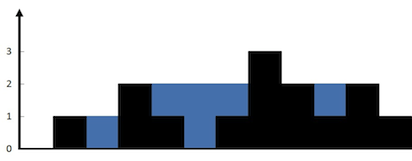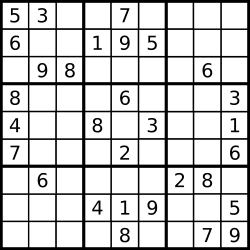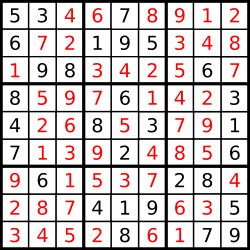LeetCode 68 - Text Justification
題目
題目連結:https://leetcode.com/problems/text-justification/
給很多個字串和一個寬度 maxWidth,將字串逐一放入並讓每一行都是 maxWidth 寬。
若是最後一行、或是一行內只有一個字串,則靠左排列。其餘則置中排列,平均的分配空白到字串之間。
置中排列時若空白的數量不能平均的被分配,則左邊的空格會比右邊的空格多一個。
範例說明
Example 1:
1 | Input: |
Example 2:
1 | Input: |
Example 3:
1 | Input: |


